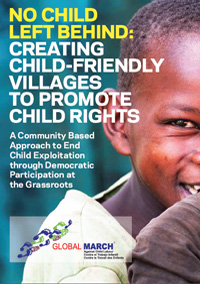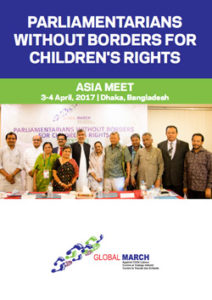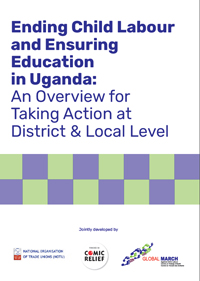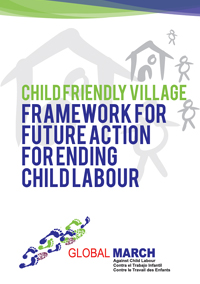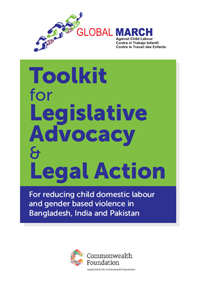Brief Guide to Garment Manufacturing and Child Labour in Garment Sector in India Brief Guide-GarmentManufacturing&ChildLabour in GarmentSector in India
No Child Left Behind: Creating Child-Friendly Villages to Promote Child Rights
A Community Based Approach to End Child Exploitation through Democratic Participation at the Grassroots Published in 2017 Download PDF
Parliamentarians Without Borders for Children’s Rights Asia Meet
Dhaka, Bangladesh 3-4 April 2017 Download
Ending Child Labour and Ensuring Education in Uganda: An National Overview for Taking Action
Published in 2017 Download PDF
Ending Child Labour and Ensuring Education in Uganda: An Overview for Taking Action at District & Local Level
Published in 2017 Download PDF
Ending Child Labour and Ensuring Education in Uganda: An Overview for Taking Action at Community Level
Published in 2017 Download PDF
Child Friendly Village Framework for Future Action for Ending Child Labour
Published in 2017 Download PDF Report
Hidden Slavery – Child Domestic Workers
The incidence of Child Domestic Labour is quite significant in Bangladesh as in many other developing countries. Historically more girls are employed in domestic service. Because of its nature and circumstances, CDL is susceptible to becoming a worst form of child labour. Many children in domestic labour are very young, […]
Training Manual for Community Based Natural Resource Management
The training manual seeks to equipped trainers, working in a rural contexts, with information and skills to carry out activities related to community based natural resource management. These activities range from raising awareness about natural resource depletion, to facilitating discussions surrounding equitable use of natural resources, to approaching government and […]
Toolkit for Legislative Advocacy & Legal Action
For reducing child domestic labour and gender based violence in Bangladesh, India and Pakistan Published in 2016 Download PDF


